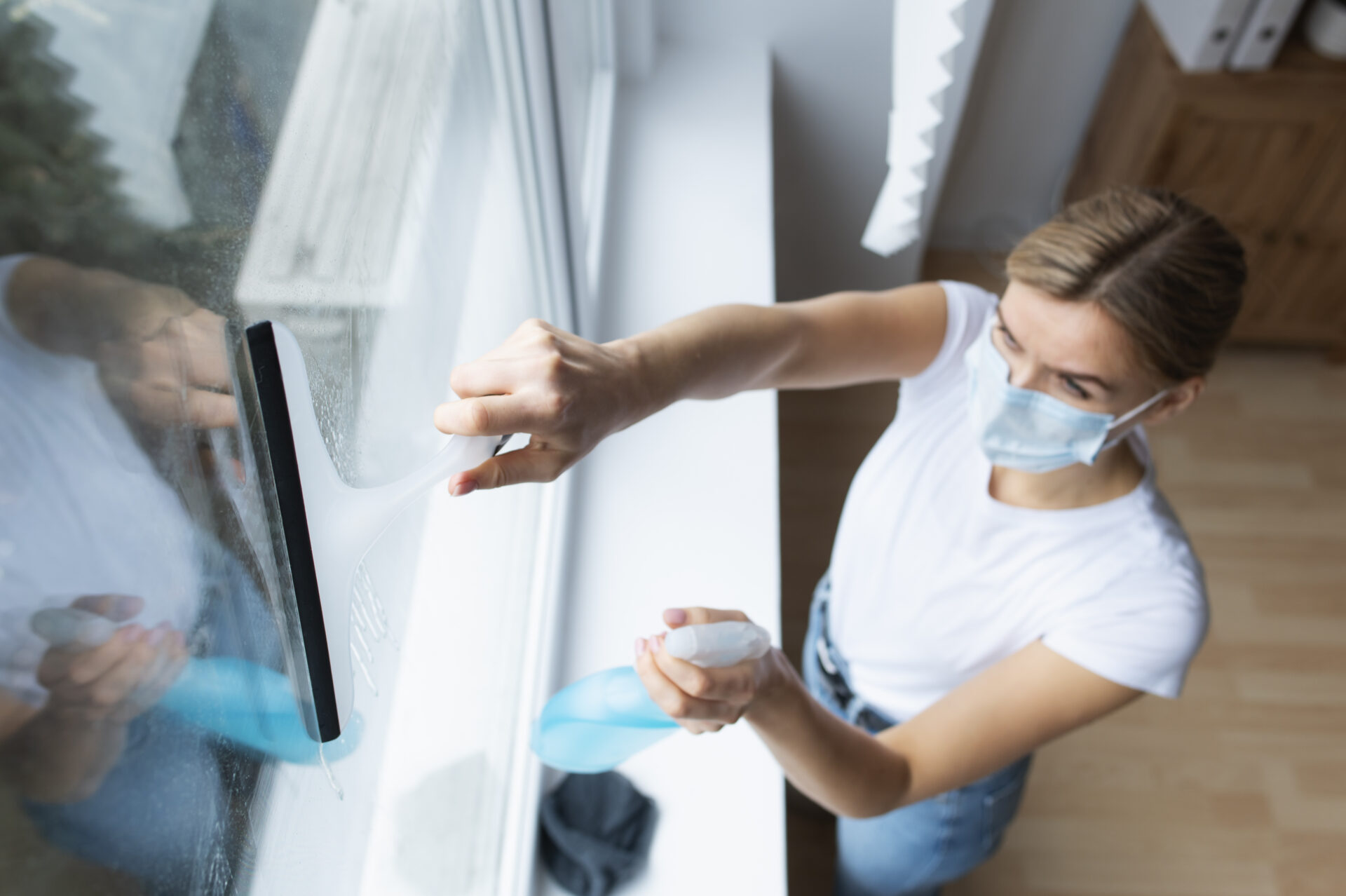How Long Does Home Window Tinting Last? A Simple Guide to Make It Last Longer

Putting window tint on your home isn’t just about making it look nice. It’s a smart way to save on energy bills, keep rooms cooler, and protect what matters. But a common question people have is, “How long will it last?” It’s good to know what to expect so you can plan for any touch-ups or replacements. In this guide, we’ll break down what affects how long window tint lasts, the types you can choose from, and some easy tips to keep it looking great for years. And if you’re ever in doubt or need professional advice, Commercial Window Tinting has you covered with expert installation and support.
What affects the longevity of home window tinting?
How long your window tint lasts depends on a few things. It’s not just about the type of film you pick. It also depends on where you live, who installs it, and how you care for it. Let’s break down these factors with some real-world data.
1. Quality of film
Not all films are made the same way. High-quality films last longer because they use stronger materials. Companies like 3M and LLumar offer warranties that can go up to 15 years or more. These warranties cover problems like bubbles, fading, and peeling, which often happen with lower-quality films.
2. Type of film
Different types of window films have different lifespans. Here’s a quick breakdown:
- Dyed films. They usually last about 5 to 7 years. They can fade over time because of sun exposure.
- Metalized films. These films can last around 10 to 15 years. They are tougher because of the metal particles that protect against fading.
- Ceramic films. These can last over 15 years. They block heat well and don’t fade easily, even in strong sunlight. Experts often recommend them for hot climates.
3. Installation quality
How the film gets installed matters a lot. Experts from the International Window Film Association found that professionally installed films last longer. Professionals use special tools and techniques to prevent bubbles, creases, and peeling. Trusted installers like Commercial Window Tinting do this well.

4. Climate and sun exposure
Your local weather affects how long your window tint lasts. Studies show that films wear out faster in areas with a lot of sunlight and high temperatures. UV rays and extreme heat can cause the film to fade or lose its strength. Choosing the right type of film for your area helps it last longer.
5. Maintenance practices
How you clean your windows matters, too. Using harsh chemicals or rough cloths can scratch or damage the film. Experts recommend mild cleaners and soft cloths to keep the film in good shape. The International Window Film Association says that simple cleaning methods can add years to your film’s life.
Signs it’s time to replace your window tinting
Even the best window films can’t last forever. Over time, they start showing signs of wear:
- Fading or discoloration. When your window film starts looking lighter or loses its original color, it’s a sign of fading. This happens because the sun’s UV rays break down the dye in the film. According to 3M, dyed films usually start to fade after 5 to 7 years. Once the color fades, the film can’t block sunlight as well as it used to.
- Peeling or bubbling. If you see bubbles or peeling edges, it’s a clear sign that the adhesive isn’t holding up. This usually happens when the film wasn’t installed properly or the adhesive has gotten too old. Bubbles don’t just look bad; they also stop the film from blocking heat and UV rays like it should.
- Loss of heat reduction. If your house feels warmer than it used to, even with the tint, your film might not be doing its job anymore. Studies by SunTek and LLumar show that lower-quality films often lose their heat-blocking power within 5 to 7 years because the UV-filtering layers break down. On the other hand, ceramic films keep blocking heat for much longer.
- Scratches or damage. Scratches and small tears can mean the film is past its prime. Experts suggest using soft cloths and gentle cleaners to avoid damage.
If you catch these signs early, you can replace your tint before it becomes a real problem.

4 best tips to make your home window tint last longer
#1. Use the right cleaners
Harsh chemicals, like those in ammonia-based cleaners, can damage your window film. Stick to mild soap and water or a cleaner made for window films. A soft microfiber cloth works best to wipe down the windows without scratching the surface. This simple switch can make a big difference.
#2. Don’t use sharp or rough tools
It’s tempting to use a scrubbing pad or sharp tool to get rid of tough spots, but that can scratch or tear the film. Instead, try a soft cloth or sponge. If there’s a stubborn stain, let it soak with some soapy water and wipe it gently. It’s all about being gentle to keep that film in good shape.
#3. Check the film regularly
Take a look at your windows, and watch for fading, bubbles, or small scratches. Catching these issues can stop them from getting worse. Fixing minor problems saves you from bigger headaches later.
#4. Go with professional installers
Having a professional put on your window film can help it last longer. Experienced installers, like Commercial Window Tinting, know how to get the job done right. We can smooth out any bubbles and make sure the film sticks well. It’s a smart move that pays off in the long run.
Conclusion
Window tint can last a long time if you choose the right film and take care of it. Paying attention to things like quality, regular checks, and professional installation makes all the difference. Look for signs like fading, bubbles, or peeling, and don’t wait too long to replace it.
If you need help picking the best film or want a pro to handle the installation, Commercial Window Tinting has the experience to get it right. With a little care, your window tint can protect your home and look great for many years.

Request Quote
Illuminate Your Space: Window Tinting Excellence Awaits. Request a Quote for Customized Solutions, Blending Style, Comfort, and Energy Efficiency. Transform Your Windows Today!